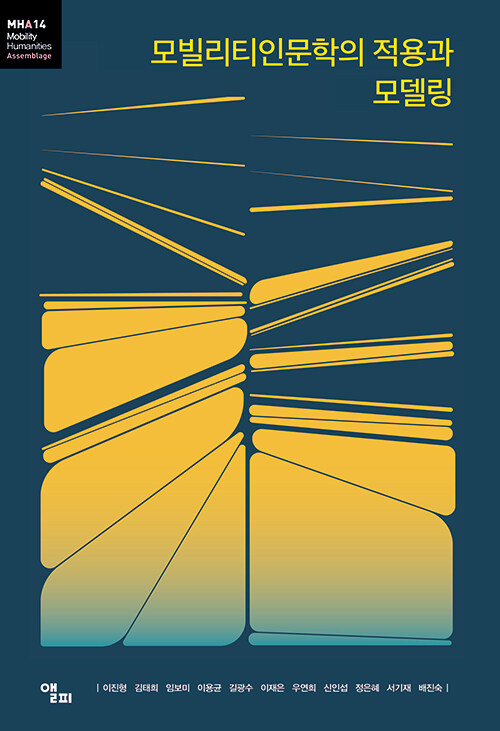Cultural/Political/Ethical/Emotional Mobility Humanities Research Model in Text
Mobility Humanities, The Humanities Turn of Mobility Study
This book explores “Mobility Humanities,” the study that examines mobility practiced, experienced, and perceived by humans. It explores mobility’s cultural, political, ethical, and aesthetic significance through representation, imagination, and reflection. It proposes a research model by applying Mobility Humanities across various fields. The text reading with Mobility Humanities reveals the intricate meanings within the text through its cognitive activities. The book applies Mobility Humanities to varied fields such as philosophy, law, aviation, architecture, media, literature, medical education, and migration studies. The representation, imagination, and textual analysis hold huge potential for various research possibilities. This book marks the beginning of their combination and application, providing a modelling example for others to follow.
Human and Animal, Human and Media, Human and Machine…
This book consists of three parts: “Alternative Communities,” “Space and Media,” and “Transnational Storyworld,” presenting the eight examples of Humanities turn in mobility studies. Part one, “Alternative Communities,” explores the philosophical thinking for forming alternative communities in the high mobility era, and proposes legal and policy for making communities of humans and animals based on mobility rights. Part two, “Space and Media,” examines how media politics frame the accident of “The Germanwings 9525 Crash” case, how relationships between humans and machines are formed, and how mobile relations among individuals are portrayed through Rem Koolhaas’ architectural work “Bordeaux Hose.” In addition, it showcases how mobility infrastructure (television) shaped Japanese society during the 1950s-1970s, as depicted in Shohei Ooka’s novel Portrait of the Clouds.
Various Mobile Relationships in a Hidden Form and Mobility Justice
It is difficult to say that mobility humanities research is sufficient in terms of quantity and quality, considering its relatively short history. Therefore, while conducting cultural, political, ethical, spiritual, and emotional mobility studies through texts, mobility humanities should focus on searching and developing the various mobile relationships in hidden forms. This hidden state could be a mark of countless potential for mobility humanities research. While a new mobility paradigm proposes to theorise the “social world” as a “huge collection of economic, social, political practice, infrastructure, and ideologies that manage the movement of people, ideas, information, and objects,” then mobility humanities explores cultural, political, ethical, spiritual, and emotional studies on the mobility relationships with texts. At the same time, the mobility humanities make the various mobilities in a hidden form visible. By not favouring specific studies or methodologies, mobility humanities ultimately aims to reconstruct a future society focused on the mobility justice perspective.


